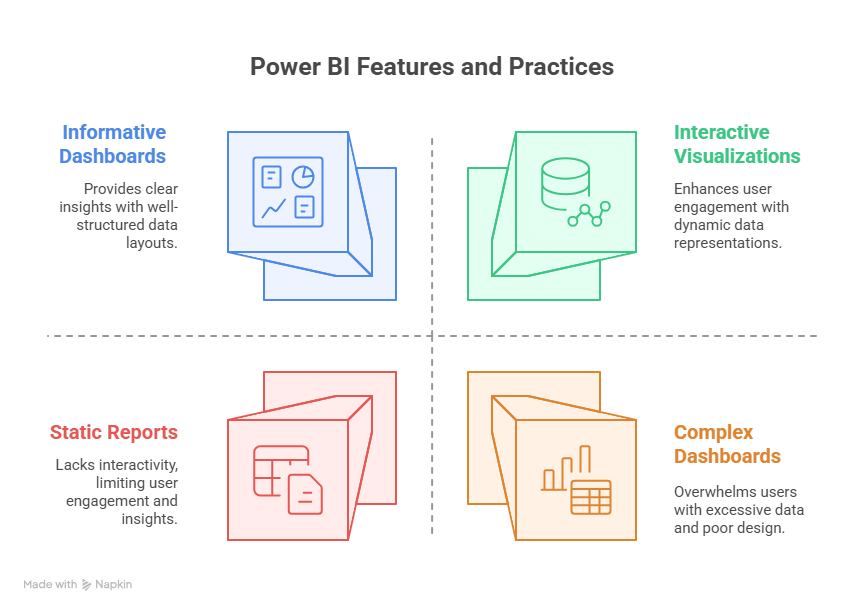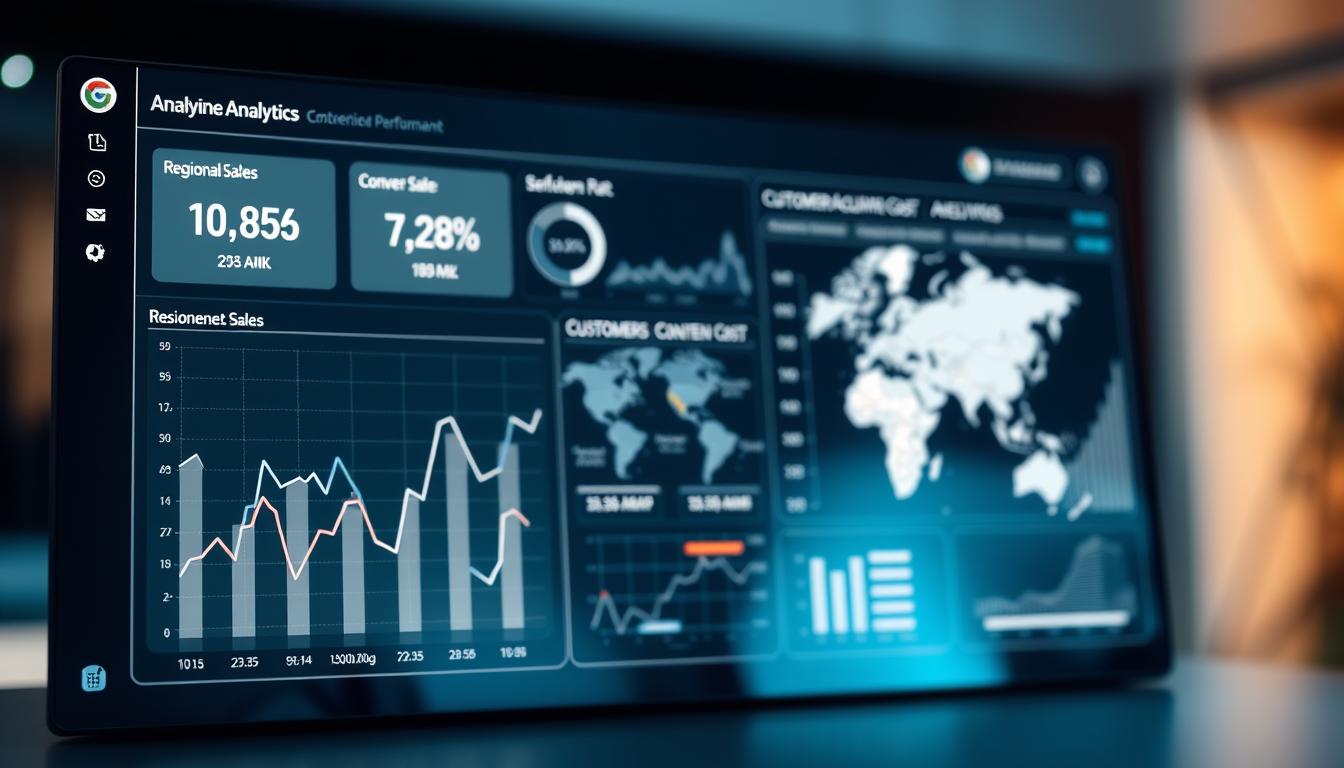In today’s fast-paced business environment, making data-driven decisions is crucial for success. Did you know that companies using data visualization tools see a significant improvement in their decision-making processes? A sales analytics dashboard provides a centralized platform to visualize sales data, track performance, and identify trends.
With the right tools, businesses can optimize their strategies for maximum revenue growth. By leveraging real-time sales performance analytics, companies can stay ahead of the competition. The key is to find a tool that offers intuitive data visualization and robust analytics capabilities.
Understanding the Power of Sales Analytics Dashboards
The power of sales analytics dashboards lies in their ability to provide real-time insights, enabling businesses to make informed decisions promptly. By leveraging business intelligence tools, companies can transform raw data into actionable intelligence.
Key Benefits of Real-Time Data Visualization
Real-time data visualization offers several benefits, including enhanced decision-making capabilities and improved sales forecasting. It allows businesses to track sales performance metrics and identify trends, enabling them to adjust their strategies accordingly.
Essential Sales Performance Metrics and KPIs to Track
To measure sales success, businesses must track key performance indicators (KPIs) such as conversion rates, sales revenue, and customer acquisition costs. By monitoring these sales performance metrics, companies can identify areas for improvement and optimize their sales strategies.
Top Sales Analytics Dashboard Tools for 2023
As we dive into 2023, the landscape of sales analytics dashboard tools is more diverse than ever, offering businesses a wide range of options to enhance their sales performance. The right dashboard tool can make a significant difference in how effectively a business can track its sales metrics, analyze performance, and make data-driven decisions.
Enterprise-Level Solutions
For large enterprises, sales analytics dashboard tools need to be robust, scalable, and capable of handling vast amounts of data. These solutions are designed to integrate with existing CRM systems and other business applications, providing a seamless experience.
Salesforce Analytics Cloud
Salesforce Analytics Cloud is a powerful tool that offers real-time KPI tracking and customizable dashboards. It integrates well with Salesforce CRM, providing a comprehensive view of sales performance.
Microsoft Power BI
Microsoft Power BI is another enterprise-level solution that stands out for its advanced reporting capabilities and interactive visualizations. It supports dashboard design best practices, enabling businesses to create informative and engaging dashboards.

Tableau
Tableau is renowned for its data visualization capabilities, making it an excellent choice for businesses that need to analyze complex sales data. It supports reporting software integration, allowing for detailed analysis and reporting.
Mid-Market Analytics Platforms
Mid-market businesses require sales analytics dashboard tools that are both powerful and user-friendly. These platforms often offer a balance between functionality and affordability.
HubSpot Sales Analytics
HubSpot Sales Analytics is a popular choice among mid-market businesses due to its ease of use and integration with HubSpot CRM. It provides real-time sales data and KPI tracking capabilities.
Zoho Analytics
Zoho Analytics is a versatile platform that offers a range of analytics and reporting tools. It supports dashboard design best practices and is known for its ease of use.
Sisense
Sisense is a robust analytics platform that provides businesses with the ability to analyze complex data sets. It is known for its advanced data modeling capabilities and supports reporting software integration.
Small Business and Startup Solutions
For small businesses and startups, the focus is on simplicity, affordability, and ease of use. These solutions are designed to be straightforward, requiring minimal setup and training.
Databox
Databox is a user-friendly platform that allows businesses to connect various data sources into a single dashboard. It supports KPI tracking and offers customizable dashboards.
Klipfolio
Klipfolio is another popular choice among small businesses due to its ease of use and flexibility. It provides real-time data and supports dashboard design best practices.
Google Data Studio
Google Data Studio is a free tool that allows businesses to create interactive, web-based data visualizations. It is highly customizable and supports reporting software integration.
Conclusion: Selecting the Right Sales Analytics Dashboard for Your Business
Choosing the ideal sales analytics dashboard is crucial for businesses to make data-driven decisions. With numerous options available, it’s essential to consider your organization’s specific needs and goals. Utilizing sales dashboard templates can streamline the process, providing a solid foundation for your dashboard.
Effective analytics dashboard customization enables businesses to tailor their dashboards to focus on key performance metrics, enhancing their ability to analyze sales data and drive growth. By leveraging these features, companies can create a dashboard that aligns with their unique requirements.
When selecting a sales analytics dashboard, consider the scalability, user interface, and integration capabilities. A well-designed dashboard will empower your team to gain valuable insights, optimize sales strategies, and ultimately drive revenue growth. By investing time in choosing the right sales analytics dashboard, businesses can unlock their full potential and stay ahead in today’s competitive market.
FAQ
What is a sales analytics dashboard, and how does it help businesses?
A sales analytics dashboard is a centralized platform that visualizes sales data, enabling businesses to track performance, identify trends, and make data-driven decisions. It helps businesses optimize their strategies for maximum revenue growth by providing real-time insights into sales performance metrics and KPIs.
What are the key benefits of using a sales analytics dashboard?
The key benefits of using a sales analytics dashboard include real-time data visualization, improved sales performance tracking, and enhanced decision-making capabilities. It allows businesses to react promptly to changes in sales trends and identify areas for improvement.
What sales performance metrics and KPIs should I track on my sales analytics dashboard?
Essential sales performance metrics and KPIs to track include sales revenue, conversion rates, sales cycle length, and customer acquisition costs. Tracking these metrics enables businesses to measure success and identify areas for improvement, ultimately driving revenue growth.
How do I choose the right sales analytics dashboard tool for my business?
To choose the right sales analytics dashboard tool, consider factors such as business size, industry, and specific needs. Enterprise-level solutions like Salesforce Analytics Cloud and Microsoft Power BI are suitable for large businesses, while mid-market analytics platforms like HubSpot Sales Analytics and Zoho Analytics cater to growing businesses. Small businesses and startups can opt for solutions like Databox, Klipfolio, and Google Data Studio.
Can I customize my sales analytics dashboard to meet my business needs?
Yes, many sales analytics dashboard tools offer customization options, including sales dashboard templates and analytics dashboard customization. This enables businesses to create a tailored dashboard that meets their specific needs and tracks the most relevant sales performance metrics and KPIs.
How do sales analytics dashboards support KPI tracking and reporting software?
Sales analytics dashboards support KPI tracking by providing a centralized platform to monitor and analyze key performance indicators. They also integrate with reporting software, enabling businesses to generate detailed reports and gain insights into sales performance.
What are some best practices for designing an effective sales analytics dashboard?
Best practices for designing an effective sales analytics dashboard include using clear and concise visualizations, prioritizing key metrics, and ensuring ease of use. Businesses should also consider dashboard design best practices, such as using a logical layout and minimizing clutter, to create an intuitive and informative dashboard.

